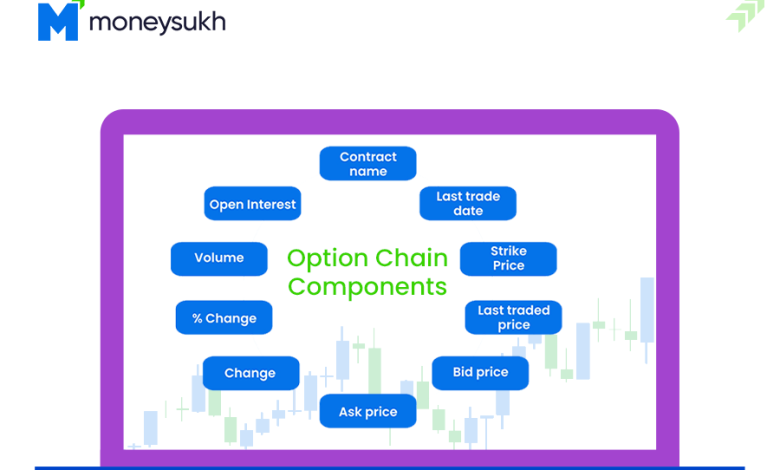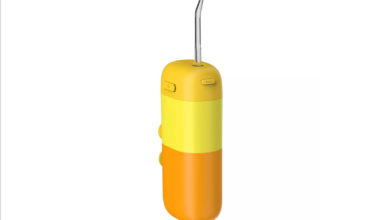NSE Option Chain Trading: A Rewarding Path to Financial Independence

Technical analysis is a widely used approach in the financial markets to identify trading opportunities based on historical price data and patterns. When combined with the NSE option chain, technical analysis can provide valuable insights and help traders make informed decisions. By analyzing price trends, support and resistance levels, and other technical indicators, traders can identify potential entry and exit points in the option chain. Here are some key ways to utilize technical analysis with the NSE option chain to identify trading opportunities.
Price Patterns: Technical analysis focuses on identifying recurring price patterns that can indicate potential price movements. Chart patterns, such as triangles, double tops, and head and shoulders, can provide clues about future price action. Check what is demat? By analyzing these patterns in conjunction with the option chain, traders can identify potential trading opportunities.
Support and Resistance Levels: Support and resistance levels are price levels where the buying and selling pressure of a stock or index tends to converge. These levels can act as barriers, preventing the price from moving beyond a certain range. By identifying support and resistance levels on a price chart and comparing them with the option chain, traders can gauge market sentiment and potential price movements.
Moving Averages: Moving averages are popular technical indicators used to smooth out price data and identify trends. They can help traders identify potential entry and exit points in the option chain. Check what demat is? For example, a crossover of a short-term moving average (e.g., 20-day moving average) above a long-term moving average (e.g., 50-day moving average) might signal a bullish trend and a potential opportunity for buying call options. Conversely, a crossover of a short-term moving average below a long-term moving average might indicate a bearish trend and a potential opportunity for buying put options.
Oscillators: Oscillators, such as the Relative Strength Index (RSI) and the Moving Average Convergence Divergence (MACD), can help traders identify overbought and oversold conditions in the market. These indicators measure the momentum and strength of price movements, indicating when a stock or index may be due for a reversal. When combined with the option chain, traders can use oscillators to time their entry and exit points. For example, if an oscillator shows that a stock or index is in an overbought condition, it may be an opportunity to consider buying put options. Check what is demat?
It’s important to note that technical analysis is not foolproof and should be used in conjunction with other forms of analysis, such as fundamental analysis and market news. Additionally, traders should always consider risk management and set appropriate stop-loss orders to protect against potential losses. Check what is demat?
In conclusion, technical analysis can be a valuable tool for identifying trading opportunities in the NSE option chain. By analyzing price patterns, support and resistance levels, moving averages, oscillators, volume, and trend analysis, traders can gain insights into potential entry and exit points. Combining technical analysis with the option chain enhances the trader’s ability to make informed decisions and increase their chances of success in option chain trading. Check what is demat?





